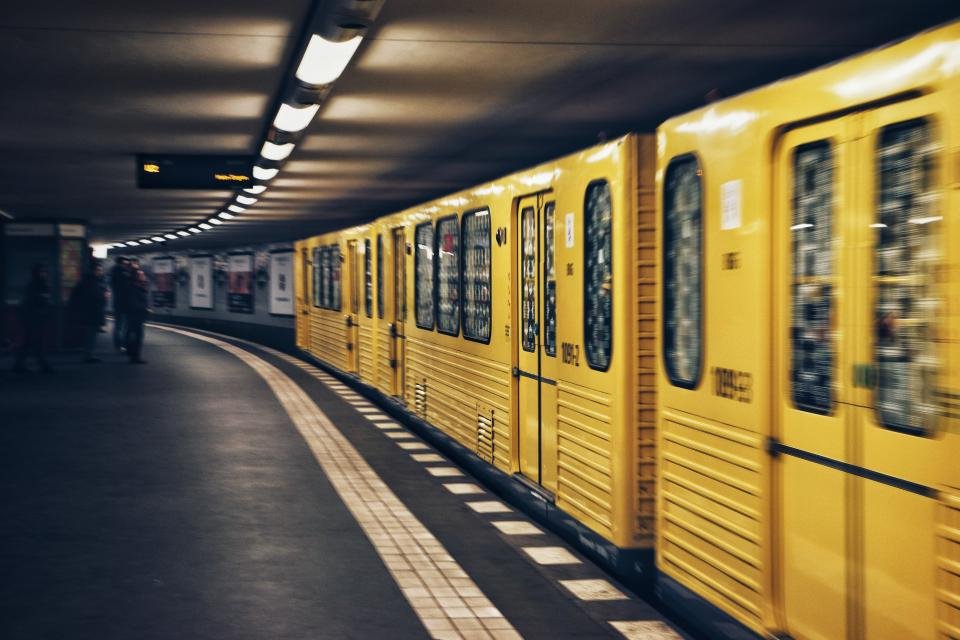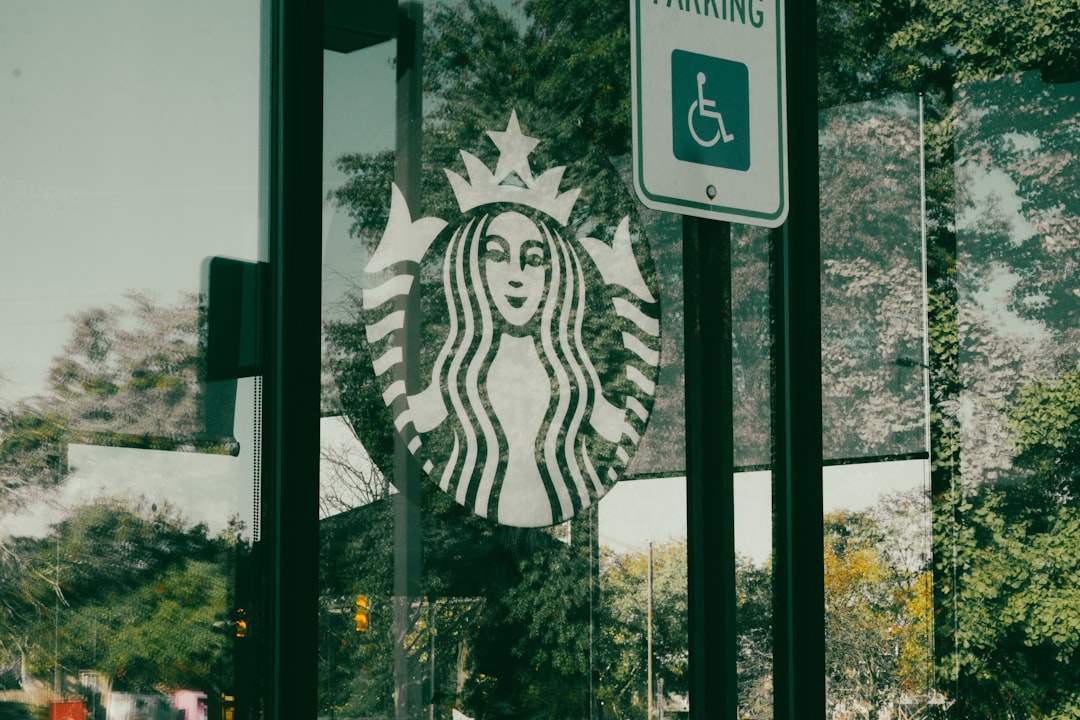The Resurgence of Night Trains

A quiet revolution is happening while much of Europe sleeps. Night trains, once thought to be relics of a bygone era, are rolling back onto tracks at a pace that’s both surprising and inspiring. The drive for more sustainable travel is at the heart of this movement, with climate-minded travelers rejecting short-haul flights for the romance and responsibility of rail. According to the European Commission, trains emit up to 80% less CO2 than airplanes, making them a key player in the continent’s green transition. Countries like Austria, Germany, and France are leading the charge, reintroducing and expanding services that were discontinued years ago. The public’s response has been enthusiastic, with ticket sales for overnight routes rising sharply. There is a collective sense of excitement and nostalgia as passengers rediscover the magic of watching the sun set in one city and rise in another.
Investment in Infrastructure

Europe’s sleeping train renaissance is not just about putting trains back on the rails—it’s about upgrading the entire experience. The European Union has committed over €1 billion to enhance cross-border rail connections, according to recent EU transport reports. This money is being channeled into upgrading tracks, renovating stations, and modernizing rolling stock. Travelers can now expect more comfortable sleeper cabins, updated dining cars, and reliable Wi-Fi on many routes. Such investments are designed to make night trains a truly competitive option, not only for leisure but also for business travelers. Countries are working together to create seamless journeys, breaking down old barriers and making overnight travel more efficient. These improvements are giving night trains a modern feel while retaining their nostalgic charm.
Environmental Impact

The environmental case for night trains is overwhelming. A study by the International Energy Agency shows that rail is the most energy-efficient form of passenger transport, particularly for long distances. Night trains allow passengers to cover great distances while sleeping, replacing the need for polluting flights or long car journeys. Many travelers are now choosing trains to help fight climate change, a trend that is growing stronger every year. The ability to travel with a smaller carbon footprint is especially appealing to younger generations. Some companies are even encouraging employees to use night trains for business trips to meet corporate sustainability goals. The shift is so significant that airlines are taking notice, with some short-haul routes being scrapped in favor of more environmentally friendly rail options.
Popular Routes and Destinations

Europe’s sleeping trains are connecting a web of vibrant cities and breathtaking landscapes. The Nightjet, operated by Austria’s ÖBB, now runs between Vienna, Munich, Zurich, and Amsterdam—routes that are bustling with both tourists and business travelers. EuroNight trains offer links from Budapest to Berlin and Paris to Rome, making it possible to wake up in a completely new country. These routes are not just popular—they are practical, allowing travelers to save money on hotels and maximize their time in each destination. New connections are being announced regularly, such as the recent Paris to Berlin night service, which has been met with huge demand. Even less-traveled regions are seeing a boost as sleepy towns suddenly become accessible overnight. This trend is making Europe feel smaller, friendlier, and more interconnected than ever before.
The Role of Technology

Technology is breathing new life into the sleeping train experience. Online booking systems have become fast and user-friendly, allowing travelers to compare prices, choose their cabins, and even order meals in advance. Mobile apps keep passengers informed about delays, platform changes, and onboard services. Modern trains now feature noise-reducing technology, improved bedding, and climate control, turning what was once a basic journey into a comfortable adventure. Social media campaigns and influencer partnerships are reaching younger audiences who might never have considered train travel before. Rail operators are embracing digital marketing to tell the story of night trains and their place in a greener future. These innovations are making night trains feel fresh and relevant, while still offering the classic appeal of rail travel.
Economic Benefits

The economic impact of the night train revival is striking. According to the European Rail Industry Association, the expansion of rail services could create thousands of jobs, ranging from train crew and maintenance workers to hospitality staff and digital marketers. Local economies are getting a boost as more travelers arrive in towns and cities by train, often spending money in places that rarely saw tourists before. Night trains also support small businesses, from local bakeries providing breakfast to artisans selling souvenirs at stations. The spread of rail tourism is helping to balance the economic benefits across regions, reducing pressure on over-visited hotspots. This new wave of rail travel is proving to be a win-win for both industry and community.
Challenges Ahead

Despite the excitement, the road—or rather, the track—ahead is not entirely smooth. Many night train services still rely on aging infrastructure that struggles to support modern demands. Regulatory differences between countries can make cross-border journeys complicated, leading to delays and inconvenience. Competition from low-cost airlines remains fierce, especially on popular routes where price is often the deciding factor. The COVID-19 pandemic also changed travel habits, introducing new concerns about cleanliness and personal space. Rail operators have had to work hard to reassure customers, implementing robust hygiene measures and flexible ticket policies. While progress has been made, ongoing investment and cooperation are needed to overcome these hurdles.
The Future of Night Trains

Looking ahead, the future of Europe’s night trains shines brightly. The European Commission has set ambitious targets, including a 50% increase in rail usage by 2030, showing serious commitment to sustainable mobility. New routes are already on the drawing board, with plans to connect even more cities across borders. Rail companies are exploring innovative ideas like luxury sleeper suites and themed journeys to attract a wider range of customers. As the environmental crisis deepens, more people are expected to choose trains over planes for both ethical and practical reasons. The momentum feels unstoppable, with each new success story inspiring further investment and imagination.
Case Studies: Successful Night Train Services

Real-world success stories are fueling optimism about the night train renaissance. ÖBB’s Nightjet service saw a 30% increase in passengers in 2022, reflecting the public’s hunger for convenient and sustainable travel. The Swedish operator SJ expanded its night train network to reach Norway and Denmark, winning over travelers with comfort and reliability. France’s relaunch of the Paris-Nice sleeper has become a symbol of national pride and environmental responsibility. These case studies show that, given the right conditions, night trains can flourish in the modern travel landscape. Operators are sharing best practices and learning from each other, creating a sense of unity and purpose across Europe’s rail networks.
Sleeping Trains and the European Identity

The renaissance of sleeping trains is not just about travel—it’s about rediscovering the heart of Europe itself. Railways have always been woven into the fabric of European culture, symbolizing connection, cooperation, and adventure. As night trains crisscross the continent once more, they remind us of a time when journeys were as important as destinations. The gentle rhythm of the rails, the camaraderie among passengers, and the thrill of waking up in a new city evoke a sense of wonder that’s hard to find elsewhere. This movement taps into a deep nostalgia while looking boldly toward a more sustainable future. Europe’s sleeping trains are carrying more than passengers; they’re carrying dreams, hopes, and a renewed sense of unity.







